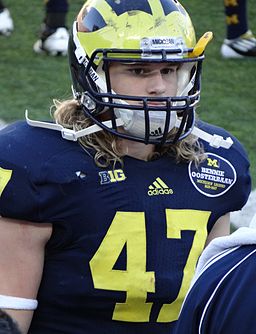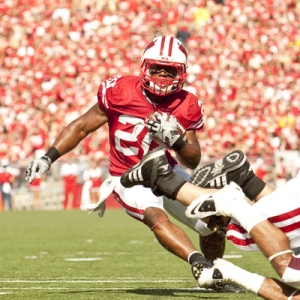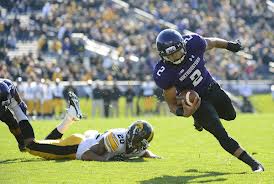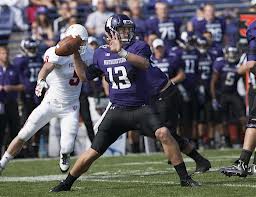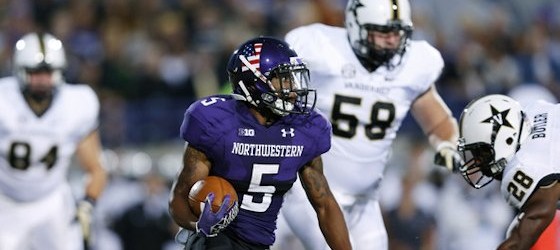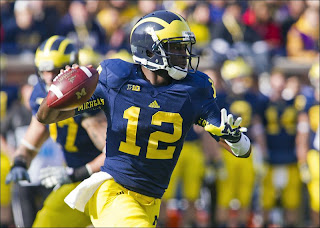Allen Robinson Jr WR Penn State

Penn State wasn’t suppose to be any good after the sanctions were handed down. Players were allowed to transfer without penalty of having to sit out a year. Not MotSaG’s Number 6 player in our B1G Top 25, a receiver that only had 3 receptions for 29 yards and zero touchdowns.
Allen Robinson, a tall target at 6ft 4in, had a break out season in 2012. Under Bill O’Brien’s pro style offense he has flourished. Robinson was a key weapon that helped Penn State finish ranked 2nd for passing and touchdowns in the B1G last season. He lead the Big Ten with 77 receptions and 1,021 yards receiving, having 9 receptions and 200 yards better than any other player in the confrence, also hauling in 11 touchdown catches.
Robinson is going to be only 1 of 7 returning receivers in the NCAA with 1,000 yards catching, 10 plus touchdowns, and over 75 receptions. He is a fast wide receiver with the skills of great hands, crisp and precise route running. During the off season Allen has added 10 pounds of muscle and has worked even more on his route running.
Allen has put himself on the national stage as one of the best not only in the B1G but in the NCAA.
The only down side to Robinson might be the added attention from opponents secondary and not knowing who the starting QB is this year. Being one of 8 starters on offense and in the second year under Bill O’Brien, Allen is poised to take on the leadership role and help out his QB whoever that may be. It’ll help that Penn State only has to face 2 of the top 5 B1G secondaries this year possibly allowing Robinson to roam free and put up great numbers again in 2013.
Previously on MotSaG’s Best of the B1G
#7 Jake Ryan
#8 Carlos Hyde
#9 James White
#10 Trevor Siemian/Kain Colter
Best of the B1G, #15-11
Best of the B1G, #20-16
Best of the B1G, #25-21
